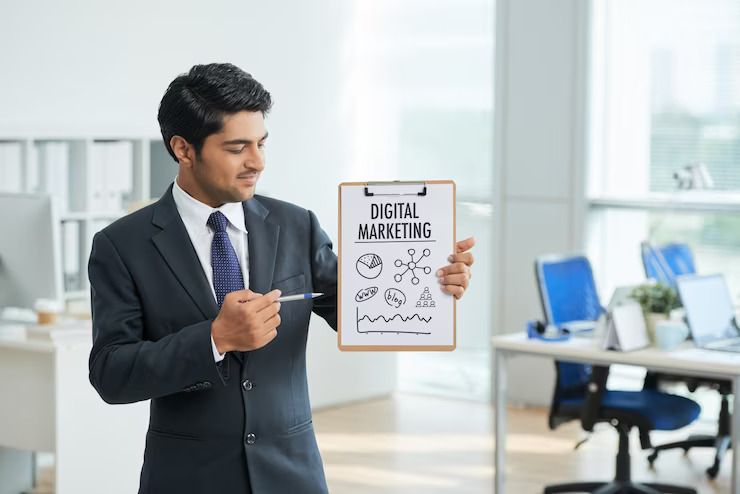In the wide area of marketing, one strategy has proven to be a game-changer: personalization. It’s not just about addressing your audience by their first name; it’s about creating an individualized experience that appeals to each customer. In this blog post, we’ll delve into the art of personalization in marketing and explore how businesses can connect with their audience on a deeper, more personal level.
Understanding Personalization in Marketing
At its core, personalization in marketing involves curating content, recommendations, and interactions based on individual preferences, behaviors, and demographics. It goes beyond a generic message to create a one-of-a-kind experience for each customer.
The Benefits of Personalization
- Increased Engagement: Personalized content grabs attention and keeps the audience engaged. Whether it’s an email, a website visit, or a social media interaction, users are more likely to respond positively to content that speaks directly to their needs and interests.
- Enhanced Customer Experience: Personalization contributes to an improved overall customer experience. When customers feel understood and catered to, they are more likely to stay loyal to a brand.
- Higher Conversion Rates: By delivering content that aligns with the individual’s preferences, the likelihood of conversion increases. Customized recommendations and offers make customers feel that the product or service meets their specific needs.
Strategies for Effective Personalization In Marketing
- Data-Driven Insights: Utilize customer data to understand behaviors, preferences, and purchase history. This information serves as the foundation for creating personalized campaigns.
- Segmentation: Divide your audience into segments based on shared characteristics. This allows for more targeted and relevant content delivery.
- Dynamic Content: Use dynamic content in your marketing efforts. This can include personalized product recommendations, email content, or website experiences that adapt based on user behavior.
- Personalized Email Campaigns: Craft email campaigns that go beyond the basic use of a recipient’s name. Customize the content according to their interests, previous purchases, or specific actions they’ve taken on your website.
- AI and Machine Learning: Leverage artificial intelligence and machine learning algorithms to analyze data and predict user preferences. These technologies can automate the personalization process at scale.
Challenges and Solutions
While personalization can yield remarkable results, there are challenges to overcome. One significant concern is customer privacy. Striking a balance between customization and respecting privacy is crucial. Transparency about data usage and giving customers control over their preferences can address these concerns.
The Future of Personalization In Marketing
As technology continues to evolve, so does the landscape of personalization. The future holds promises of even more sophisticated techniques, from hyper-personalization to augmented reality experiences that cater to individual preferences.
Conclusion
In the art of personalization, marketers are not just advertisers; they are curators of unique experiences. By understanding the nuances of their audience and embracing the power of data and technology, businesses can create connections that extend beyond the digital scope of marketing. In an era where consumers seek authenticity, personalization in marketing is not just a strategy; it’s a necessity for those aiming to stand out in a crowded marketplace.




